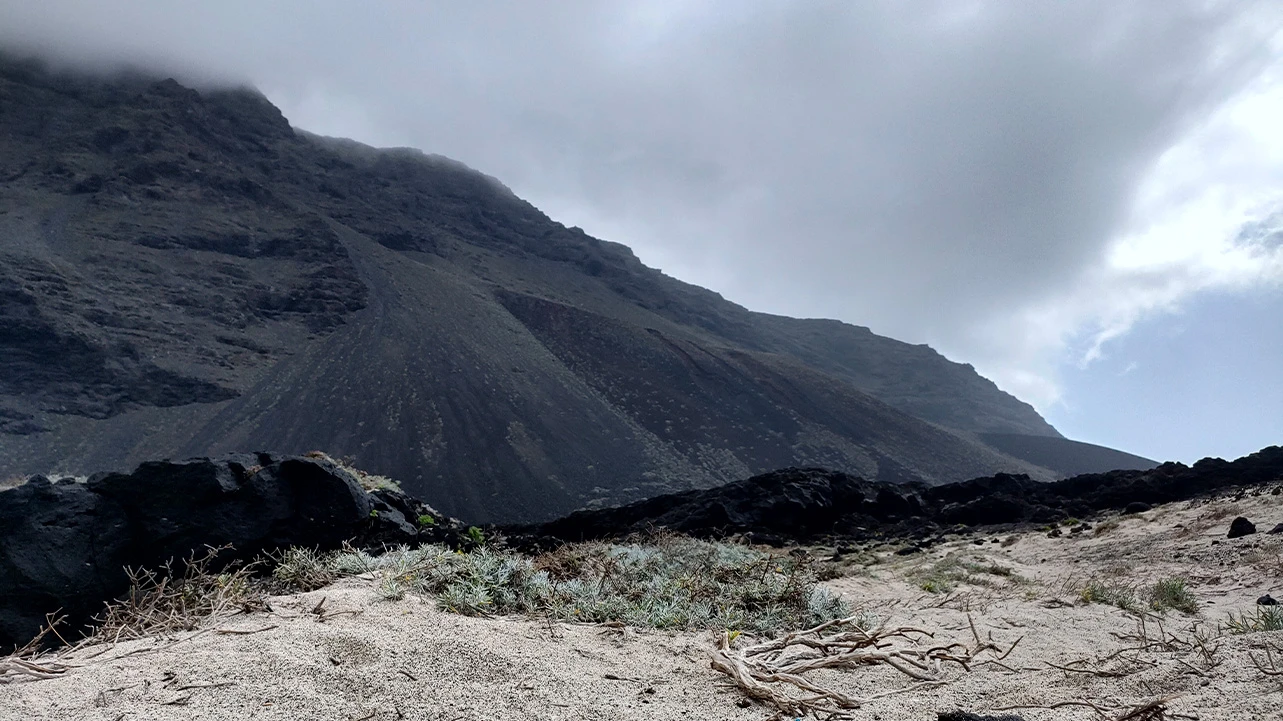
Held on 16, 17 jun 2023
In May 2022, a few weeks before that year’s edition of Archipelago, it was overcast in Arenas Blancas, a small beach in the municipality of Frontera on the island of El Hierro. At the foot of entirely black volcanic mountains, fine white sand stretches eastwards, blown in the opposite direction to the wind and carried up to that point. In this tiny corner of the island, trade winds do not collide against the mountainous mass but fly over it, depositing white sand from the Sahara. On the side of these black peaks is the village of Sabinosa, one of many on El Hierro that celebrates the traditional dance of Virgen de los Reyes, its rhythm linking directly with research carried out by the curators of Archipelago between 2018 and 2023, and which in this edition closes with the hope of new perspectives.
[dropdown]
According to some who participate in the dance of the Virgen de los Reyes, its rhythms emanate from the pre-Hispanic legacy of the Berbers and Bimbaches. Thus, El Hierro is perhaps the most westerly land musical mutation has reached, stretching from North Africa and influenced by instruments that came from the Silk Road. Archipelago has covered this east-to-west journey through concerts organised since 2018 — also ordered from east to west — and performed by Mohammad Reza Mortazavi (Iran), Saba Alizadeh (Iran), Mazaher (Egypt), Nadah El Shazly (Egypt), Ammar 808 (Tunisia) and Asmâa Hamzaoui and Bnat Timbouktou (Morocco). As an endpoint to this research, the rhythms of El Hierro distil the discourse of Archipelago: underscoring alternative music genres and modes of listening with respect to cultural centres in Europe and the USA, demonstrating how the geography of music differs to the political geography we are customarily shown.
El Hierro is not any volcanic island. For centuries, it was considered prime meridian before being replaced by Greenwich Mean Time at the International Meridian Conference in 1884. This occurred after the United Kingdom had standardised the measurement of time for the rest of the planet in 1840 via the Great Western Railway company. El Hierro, sitting halfway between Africa, Europe and South America, is a metaphor for music that circumvents Western media’s powerful grid, which rules the taste, presence and even fees of musicians from the experimental scene. El Hierro will once again be the centre of the world.
[/dropdown]
Friday, 16 June 2023 - 7pm / Sabatini Building, Auditorium
Presentation
—By Rubén Coll and José Luis Espejo
The researchers and curators of Archipelago present here the theoretical, geopolitical, historical, musical and ideological notions they have used to thread the narrative of El Hierro Will Once Again Be the Centre of the World. Since 2018, concerts have combined with research on the importance of tradition as a way to transmit knowledge that is living and not part of an immobile past. This exploration started by questioning the concept of musical experimentation from a vast array of geographies, eras, genealogies, genres and narratives, but in 2022 evolved towards more material-based aspects and set forth an analysis around sea currents, winds and trade routes to understand musical mutations in different parts of the world. In this analysis of currents and winds, trade winds took up a prominent place, those winds that blow from east to west at sea level, swaying and rocking the boats of looters and slave traders sailing to the Americas. It was no accident that El Hierro was chosen by Christopher Columbus to embark on his second voyage to the Americas in 1493, for in his first journey he had discovered, somewhat fortuitously, this wind current. Hence the reason why the connection between El Hierro and Venezuela is so palpable today in the identity of this Canary Island archipelago.
Friday, 16 June 2023 - 7:30pm / Sabatini Building, Auditorium
Helena Girón and Samuel M. Delgado: Eles transportan a morte
After devoting space to audiovisual works in 2022, the 2023 edition of Archipelago screens Eles transportan a morte (2021), a film written and directed by Santiago de Compostela native Helena Girón and Samuel M. Delgado from Tenerife. The film starts with Chicho Sánchez Ferlosio’s song A contratiempo (Carabelas de Colón), an example of how sound design becomes an indivisible narrative and sculptural element in its mise en scène. Girón and Delgado worked with Colombians Camilo Sanabria, who composed the film’s score, and Carlos E. García, a distinguished sound designer of works such as El abrazo de la serpiente (2015), by Ciro Guerra, and Mauro Colombo’s Tierra adentro (2019), where the presence of sounds from the primary rainforest dividing Panama and Colombia recalls the laurel forests of Tenerife. It is set in 1492, a year that marks the start of Western domination and is still celebrated today as the discovery of the “New World”. However, the film also looks at Columbus’s journey from a different angle, with citations of art and cinephilia which speak of death, suicide and mourning as a geological and magical element connected by magma, as explored by the duo of film-makers in Montañas ardientes que vomitan fuego (2016). Athanasius Kircher, Ana Mendieta and Sam Peckinpah are some of the lodestars offered by this account to observe and listen to the voyage of caravels from a more unusual place.
Saturday, 17 June 2023 - 7pm / Sabatini Building, Garden
A Folkloric Ensemble from Sabinosa
The story goes that in 1546 a boat, on its journey towards the Americas, was between the tip of La Restinga and the Orchilla Lighthouse, an area on the southern coast of El Hierro called Mar de las Calmas (Calm Sea) where boats sought shelter from the blowing trade winds on the hillsides of El Julan. When the food on board ended, the shepherds would go down to the coast to offer supplies to the crew, reciprocated with a carving of the Virgin Mary. According to this tale, the exchange caused the winds to change and the boat could set sail westwards, leaving the island behind. The shepherds kept the sculpture in a cave and from 1643, when the end of a drought was proclaimed, the custom of celebrating the Descent of the Virgin began, a commemoration in which dancers took the carving on a route through different towns, accompanied by songs for whistles, flutes, local castanets and drums, setting a syncopated rhythm which preserved the legacy of the Bimbaches and Berbers who inhabited the island before it was invaded by the Kingdom of Castile.
Saturday, 17 June 2023 - 8pm / Sabatini Building, southwest Stairway
Tenores di Bitti "Mialinu Pira"
Canto a tenore is a type of polyphonic singing in the pastoral culture of Sardinia. Groups are structured around four voices: bassu (bass), contra (counter), boche (solo voice) and mesu boche (half voice). Gathered in a circle, the singers modulate the deep and guttural timbre of the bass (bassu) and the counter (contra). According to Polish ethno-musicologist Bożena Muszkalska, in Sardinia the canto a tenore is thought to connect shepherds, flocks and mountains and, therefore, the solo voice (boche) is comparable to the voice of the shepherd as he speaks to his animals, while the choir is responsible for creating the non-human replica. Further, the tenors sometimes use the echo of caves and rock formations to make their song more immersive.During this edition of Archipelago, the Sardinian ensemble Tenores di Bitti "Mialinu Pira", which has been active since 1995 and comprised of Omar Bandinu, Bachisio Pira, Arcangelo Pittudu y Marco Serra, attempts to recreate this resonance on the granite stairway located in the south-east part of the Sabatini Building. Declared Intangible Cultural Heritage by UNESCO in 2004, the canto a tenore is deemed vulnerable because of the decline of pastoral culture and the rise of tourism in Sardinia, sparking transformations in the diversity of its repertoire.
Saturday, 17 June 2023 - 8:30pm / Sabatini Building, Garden
DJ Travella
DJ Travella is a musician and producer from Dar es-Salam, the largest city in Tanzania — a country where almost half the population are teenagers. The demographic growth forecast for Dar es-Salam estimates it will become one of the three most populated cities on the planet by the end of this century and it is already one of the nerve centres of today’s geopolitical landscape. Currently, the city, the former capital of Tanzania, is home to one of the ports built by the China Harbour Engineering Company, and the place from which this superpower extracts minerals such as lithium, used in the manufacturing of batteries which could be a sustainable alternative to other energy sources without reducing global consumption. DJ Travella belongs to the so-called Generation Z and is an exponent of the new wave of Tanzanian producers who have managed to take singeli, a distinctly local genre, to the international circuit of electronic dance music and, in so doing, open it up to other influences which are more representative of urban sound in the West. Singeli, synonymous with speed and jubilation, draws from genres such as taarab, mchiriku, bongo flava and sebene, and was present back in the 2019 edition of Archipelago via Bamba Pana (responsible for the famous Pamoja Studios) and rapper Makaveli.
Saturday, 17 June 2023 - 9:15pm / Sabatini Building, Garden
DJ Diaki
Dj Diaki is the moniker of Diaki Kone from Mali. He continues, with DJ Sandji, along the way paved by Seydou Bagayoko, a pioneer of balani show, a genre widely embraced since the 1990s by young people from enclaves such as Bamako (Mali). Due to its waning popularity in the city, balani show gained traction at parties organised with sound systems in rural areas. Balani means “little dance” in reference to the balafon, a tuned melodic percussion instrument from West Africa which is at the heart of ceremonies and social events. Its rhythmic structures are key in this type of music, where elements from coupé-décalé and soukous coalesce. With DJ Diaki at the controls, balani show becomes, in his own words, balani fou (“crazy balani” in French), because the tempo is pitched up to 190-200 BPM, triggering a dialogue with another dizzying genre, Tanzanian singeli. Today’s Bali and Tanzania are connected by a route which has crossed the Sahara since the Iron Age 4,000 years ago, when Bantu migration spread across the continent from South Africa to Mali, Kenia and Tanzania.
Saturday, 17 June 2023 - 10:00pm / Sabatini Building, Garden
DJ Diaki + DJ Travella
To see out this edition of Archipelago, two ambassadors of balani show and singeli, two music genres which have shaken up the most unprejudiced dance floors around the world, will perform together. With Veteran DJ Diaki and the prominent figure of DJ Travella, this special collaboration serves to show how we stand not before a passing phase, but a contemporary sound in full force. The three DJ sessions feature a device with speakers which will turn the Sabatini Garden into an immersive space for dance.
Curators
Rubén Coll and José Luis Espejo
Organised by
Museo Reina Sofía
Sponsor
Acknowledgements
Thanks to Esther Villar Gutiérrez for taking Rubén Coll and José Luis Espejo to Arenas Blancas in Frontera, El Hierro
Inside the framework of
TIZ 9. Relational Ecologies
Sponsor

Más actividades

CLINIC 2628. A Community of Writing and Research in the Arts
February – October 2026
Clinic 2628 is a project which supports and brings together writings which stem from the intention to offer a space and sustainable time for research work in art and culture. Framed within an academic context which is increasingly less receptive to the forms in which thinking happens and is expressed, the aim is to rescue the academic from its neoliberal trappings and thus recover the alliance between precision and intuition, work and desire. A further goal is to return writing to a commons which makes this possible through the monitoring of processes and the collectivisation of ideas, stances, references and strategies.
The endeavour, rooted in a collaboration between the Museo Reina Sofía’s Studies Directorship and the Artea research group, via the i+D Experimenta project, is shaped by three annual editions conceived as spaces of experimentation, discussion and a demonstration of writings critical of what is put forward by today’s academia.
What forces, forms and processes are at play when writing about art and aesthetics? In academia, in museums and in other cultural institutions, the practice of writing is traversed by productivist logics which jeopardise rhythms of research and experimentation. The imposition of both scientism inherent in the structure of “the paper” and the quantifying of results which demand a criterion of quality and visibility sterilise and smoothen, from the outset, the coarseness that is particular to writing understood from the concrete part of language: phonic, graphic, syntactic and grammatical resistance connecting the language user to the community the language unites and activates. They also sterilise the roughness enmeshed in the same desire to write, the intuitive, clear and confusing pathways that once again connect the writer to those reading and writing, participating in a common good that is at once discovered and produced.
The progressive commercialisation of knowledge propelled by cognitive capitalism moves further away from the research and production of knowledge in artworks and artistic languages and practices. The work of curators and archive, criticism, performances and essays formerly saw a horizon of formal and emotional possibilities, of imagination that was much broader when not developed in circumstances of competition, indexing and impact. Today, would it be possible to regain, critically not nostalgically, these ways; namely, recovering by forms, and by written forms, the proximity between art thinking and its objects? How to write in another way, to another rhythm, with no more demands than those with which an artwork moves towards different ways of seeing, reading and being in the world?
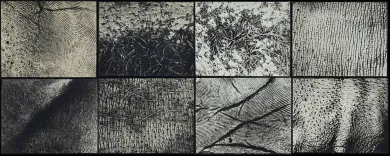
The (legal) person and the legal form. Chapter II
8, 12, 15 January, 2026 – 16:00 to 19:00
As part of the Studies Constellation, the Study Directoship’s annual fellowship, art historian and theorist Sven Lütticken leads the seminar The (Legal) Person and the Legal Form: Theoretical, Artistic, and Activist Commitments to foster dialogue and deepen the hypotheses and questions driving his research project.
This project, titled Unacting Personhood, Deforming Legal Abstraction, explores the dominance of real abstractions—such as exchange value and legal form—over our processes of subjectivation, and asks how artistic practices can open up alternative ways of representing or performing the subject and their legal condition in the contemporary world.
The seminar consists of eight sessions, divided into three chapters throughout the academic year. While conceived as non-public spaces for discussion and collective work, these sessions complement, nourish, and amplify the public program of the Studies Constellation.
In this second chapter of the seminar, the inquiry into the aesthetics and politics of legal form continues with three sessions that pick up the discussions held in Chapter I but propose new lines of flight. The first session focuses on international law via the writings of the British author China Miéville, which allows us to reconsider the notion of the legal form –following Evgeny Pashukanis— and, through it, a variety of (people’s) tribunals. While the crucial concept of the legal person –as the right-holder central to the form of law— was debated in Chapter I, the second session focuses on attempts to extend personhood not (just) to corporations, but rather to nonhuman animals or ecosystems. Finally, the third session poses the question: how can groups and networks use officially recognized organizational forms (such as the foundation or the cooperative) and/or use a collective persona (without necessarily a legal “infrastructure” to match) to act and represent themselves?

Oliver Laxe. HU/هُوَ. Dance as if no one were watching you
Tuesday, 16 December 2025 – 7pm
As a preamble to the opening of the exhibition HU/هُوَ. Dance as if no one were watching you, film-maker Oliver Laxe (Paris, 1982) engages in conversation with the show’s curators, Julia Morandeira and Chema González, touching on the working processes and visual references that articulate this site-specific project for the Museo Reina Sofía. The installation unveils a new programme in Space 1, devoted from this point on to projects by artists and film-makers who conduct investigations into the moving image, sound and other mediums in their exhibition forms.
Oliver Laxe’s film-making is situated in a resilient, cross-border territory, where the material and the political live side by side. In HU/هُوَ. Dance as if no one were watching you, this drift is sculpted into a search for the transcendency that arises between dancing bodies, sacred architectures and landscapes subjected to elemental and cosmological forces. As a result, this conversation seeks to explore the relationship the piece bears to the imagery of ancient monotheisms, the resonance of Persian Sufi literature and the role of abstraction as a resistance to literal meaning, as well as looking to analyse the possibilities of the image and the role of music — made here in collaboration with musician David Letellier, who also works under the pseudonym Kangding Ray — in this project.
These inaugural conversations, part of the main working strands of the Museo’s Public Programmes Area, aim to explore in greater depth the exhibition narratives of the shows organised by the Museo from the perspective of artists, curators and specialists.
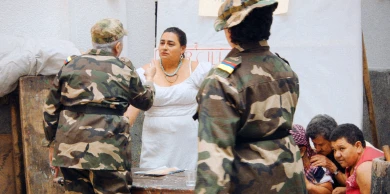
Manuel Correa. The Shape of Now
13 DIC 2025
The Shape of Now is a documentary that explores the challenges and paradoxes of memory, reparation and post-conflict justice, extending a defiant and questioning gaze towards the six-decade armed conflict in which the Colombian State, guerrillas and paramilitary groups clashed to leave millions of victims in the country. The screening is conducted by the Aesthetics of Peace and Desertion Tactics study group and includes a presentation by and discussion with the film’s director, Manuel Correa.
The film surveys the consequences of the peace agreements signed in 2016 between the Colombian State and the FARC guerrilla organisation through the optics of different victims. It was recorded shortly after this signing, a time in which doubts lingered over the country’s future, with many groups speculating in the narration. Correa harnesses the power of images, visual and bodily memory, fiction and re-staging as tools for understanding the conflict, memory and healing, as well as for the achievement of a just peace that acknowledges and remembers all victims.
The activity is framed inside the research propelled by Aesthetics of Peace and Desertion Tactics, a study group developed by the Museo’s Study Directorship and Study Centre. This annual group seeks to rethink, from a theoretical-critical and historical-artistic perspective, the complex framework of concepts and exercises which operate under the notion of pacifism. A term that calls on not only myriad practices ranging from anti-militarism and anti-war movements to activism for non-violence, but also opens topical debates around violence, justice, reparation and desertion.
Framed in this context, the screening seeks to reflect on propositions of transitional and anti-punitive justice, and on an overlapping with artistic and audiovisual practices, particularly in conflicts that have engendered serious human rights violations. In such conflicts, the role played by audiovisual productions encompasses numerous challenges and ethical, aesthetic and political debates, among them those related to the limits of representation, the issue of revictimisation and the risks involved in the artistic commitment to justice. These themes will be addressed in a discussion held after the session.
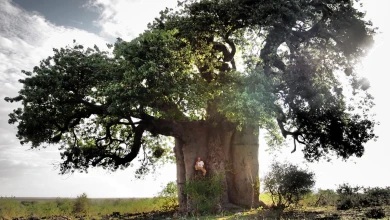
Francisco López and Barbara Ellison
Thursday, 11 December - 8pm
The third session in the series brings together two international reference points in sound art in one evening — two independent performances which converse through their proximity here. Barbara Ellison opens proceedings with a piece centred on the perceptively ambiguous and the ghostly, where voices, sounds and materials become spectral manifestations.
This is followed by Francisco López, an internationally renowned Spanish sound artist, who presents one of his radical immersions in deep listening, with his work an invitation to submerge oneself in sound matter as a transformative experience.
This double session sets forth an encounter between two artists who, from different perspectives, share the same search: to open ears to territories where sound becomes a poetic force and space of resistance.
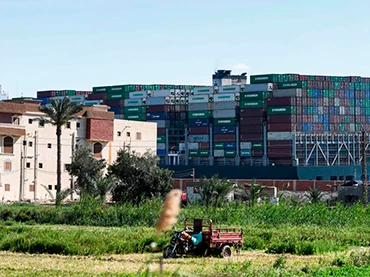
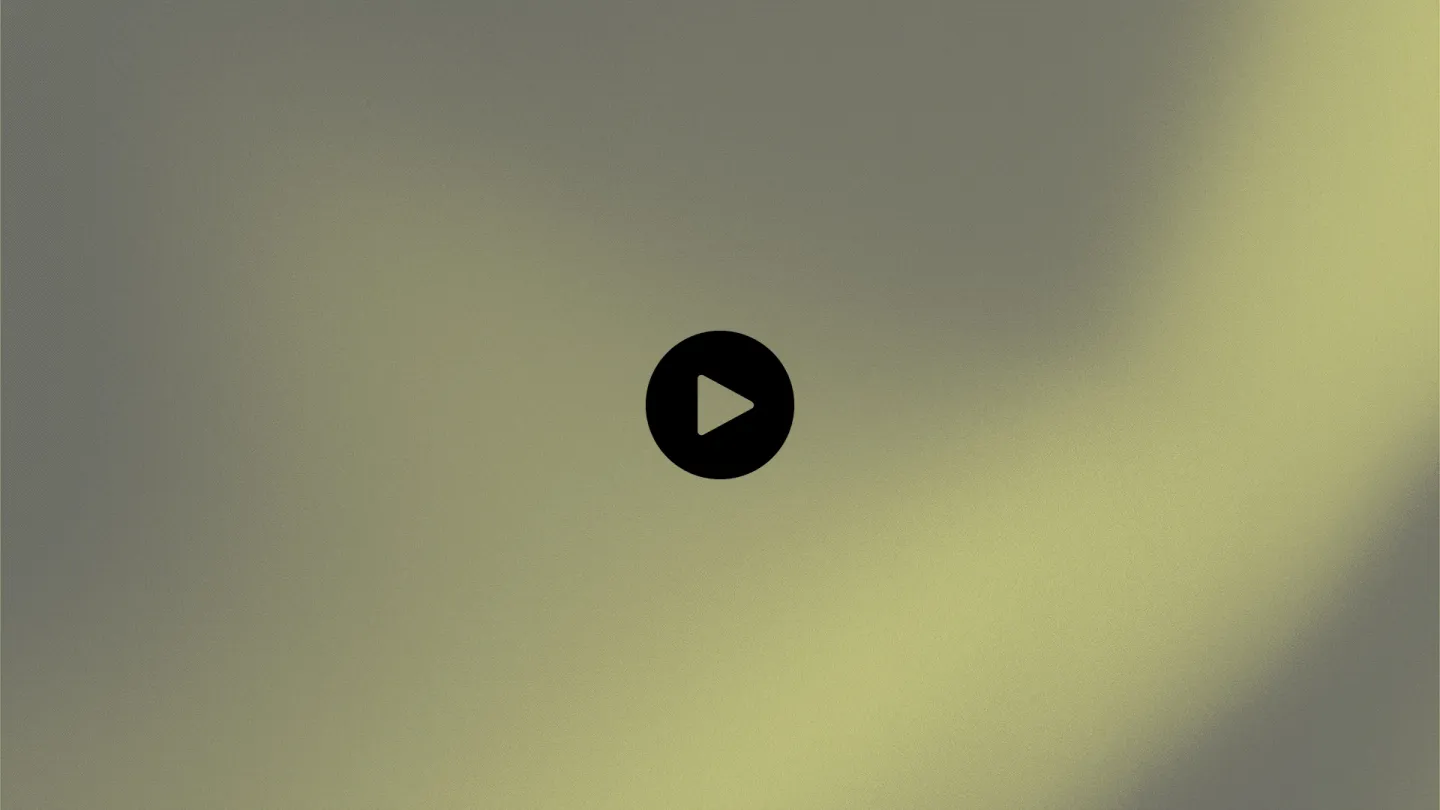
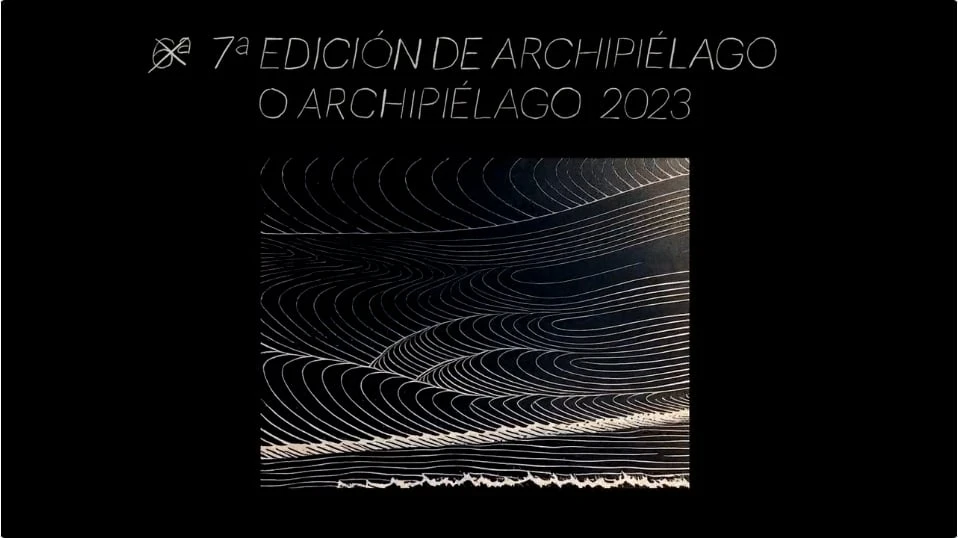
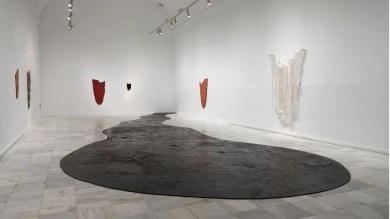
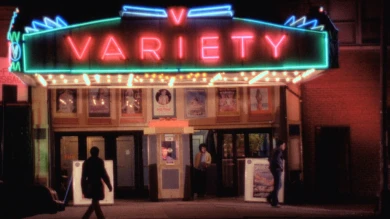
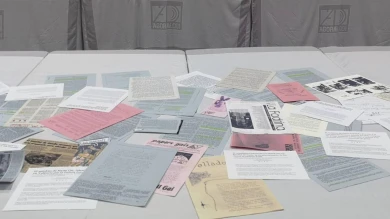
![Miguel Brieva, ilustración de la novela infantil Manuela y los Cakirukos (Reservoir Books, 2022) [izquierda] y Cibeles no conduzcas, 2023 [derecha]. Cortesía del artista](https://recursos.museoreinasofia.es/styles/small_landscape/public/Actividades/ecologias_del_deseo_utopico.jpg.webp)
![Ángel Alonso, Charbon [Carbón], 1964. Museo Reina Sofía](https://recursos.museoreinasofia.es/styles/small_landscape/public/Actividades/perspectivas_ecoambientales.jpg.webp)